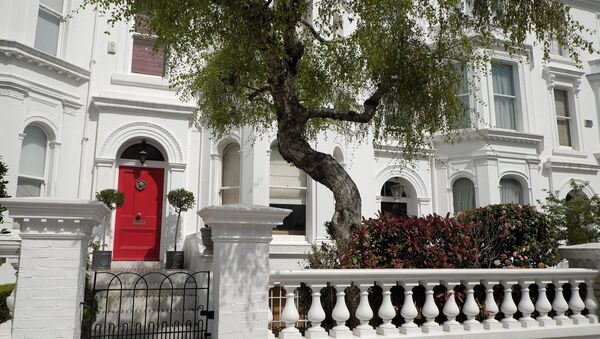House prices in London have risen to astronomical heights; a London home now costs 14 times the average earnings. A lack of supply, coupled with a strong demand for housing has pushed prices in the capital up by 86 percent since 2009, according to property analysts Hometrack.
The house price-to-earnings ratio in London is more than double that of across the UK.
Hometrack UK Cities #HPI: Annual growth ranges from +10.6% in #Bristol to —8% in #Aberdeen. See 20 UK cities here — https://t.co/MExkPo2fhn pic.twitter.com/co5KXpVwop
— Hometrack (@HometrackGlobal) November 25, 2016
According to Hometrack's figures, the average house in London costs US$599,000 — more than 14 times the average annual wage of US$40,000.
According to Hometrack, London is not the only high-priced city. Prices in Oxford and Cambridge, are also commanding around 13 times the local annual wages.
Bristol has also seen an increase in house prices over the last two years, which means a home there now costs over nine times the average local wage.
London home values surpass 14 times earnings for the first time https://t.co/XlUXRuXc7c via @business @HometrackGlobal #UKCitiesIndex pic.twitter.com/uwKA5cbGmt
— Hometrack (@HometrackGlobal) November 25, 2016
Richard Donnell, insight director at Hometrack, said there had been a slowdown in house price growth in London as affordability had become more stretched.
London house prices are around 9 percent higher than a year ago.
"In cities where affordability levels are stretched, fewer households are able to participate in the market and this reduces levels of turnover and leads to lower levels of house price growth," Mr. Donnell said in a recent interview.
"This process is underway in London where the annual rate of growth is close to its lowest level for three years and where the top end of the market is already registering falling prices," he added.
Next few years will see benefits cuts for low-income working households on top of lower earnings and higher prices #autumnstatement pic.twitter.com/h1NBtcfF7E
— IFS (@TheIFS) 24 November 2016
In the Autumn Statement, the government unveiled a package of measures to boost house-building, including a new US$2.8 billion Housing Infrastructure Fund to deliver up to 100,000 new homes in high demand areas.
London alone will receive US$3.91 billion as its share of national affordable housing funding to deliver more than 90,000 homes.
However, all of this comes at a time when the Institute for Fiscal studies has revealed that the next 10 years will be bleak for the UK and the ones who will suffer the most will be those who have a low income.
NEW — #London house price to earnings ratio breaks 14x finds latest @HometrackGlobal UK Cities Index https://t.co/kFIDebepzs pic.twitter.com/I4O5KaQj1N
— richard donnell (@richard_donnell) November 25, 2016
"Fewer and fewer young people are able to afford to get their foot on the first rung of the housing ladder and buy their own home," Mr. Hammond said.
"Making housing more affordable will be a vital part of building a country that works for everyone," he told a Conservative Party conference, adding that the new projects are "a clear demonstration of this Government's determination to tackle this challenge using all the tools at our disposal."
Despite this, the cost of buying a home is still high and its harder now for a first time buyer to get on the property ladder.
This makes it even more difficult for people on low incomes to buy a house, with a negative forecast on the agenda for the next decade or so. What the government decides to do to help the poorest in Britain is critical. Yet despite gloomy predictions for the UK economy, the government is aware of the crisis and has implemented a strategy to help, the outcome of which will be seen over the coming year.



